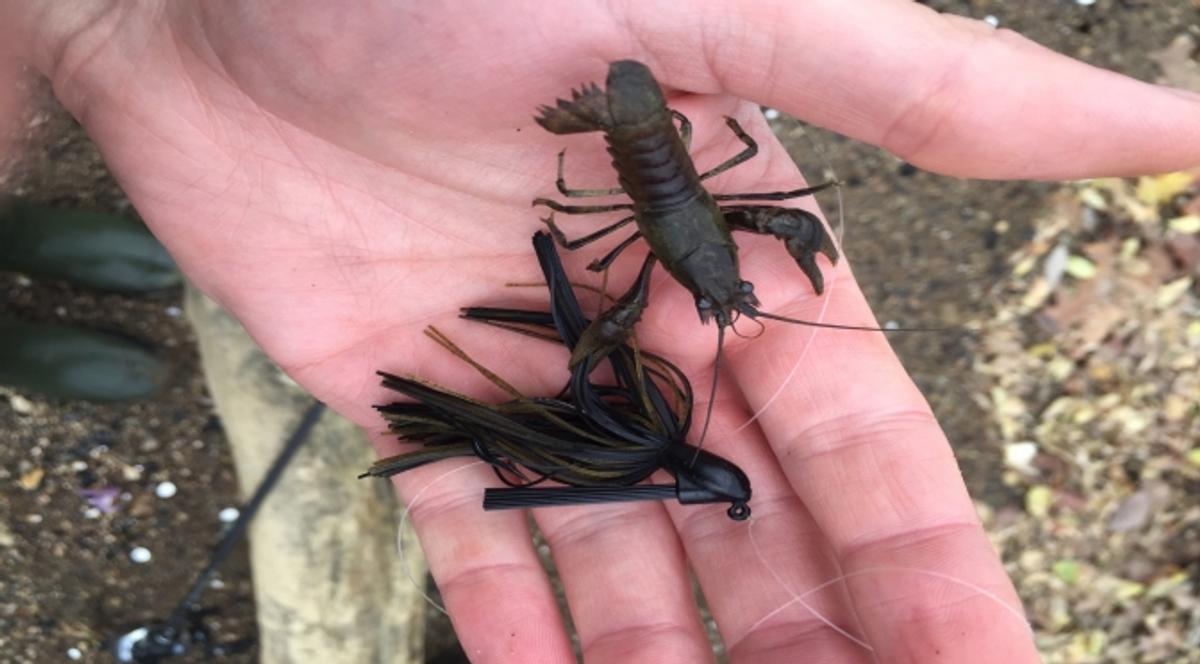Fall Forage Impacts – What Autumn Weather Does To 4 Common Forage Species
Fall is one of the most tumultuous times of the year for the natural world. The weather turns cold and windy, the leaves change, and most wildlife species start making changes to prepare for the coming winter.The underwater world is not immune to these changes either. Dropping water temperatures cause lakes to turn over, aquatic vegetation begins to die off, and in many places the bite changes dramatically.These changes affect all species of fish, but understanding fall’s impact on common forage species is critical to staying with gamefish species like bass and walleye. It’s really a game of “find the bait” in the fall, as gamefish in the fall are focused on preparing their energy stores for the upcoming winter.With that in mind, the following is a guide to how fall impacts 4 common forage species across the country.
Shad
The primary fall forage base in most rivers and reservoirs, shad begin making a very predictable move once the water temperature begins to drop in the fall. Through summer, shad mainly locate in main-lake locations, drawn by the abundance of plankton moving through most reservoirs. Once turnover happens though, plankton becomes equally distributed throughout the waterbodies, which causes shad to school up and move toward the backs of creeks where they will overwinter.To find fall shad, start at the mouths of main lake creeks, and stop and fish any points, channel swings, and bluff walls along the way back. Pay particular attention to the last steep break in a creek, as that’s often where the largest schools are ganged up. Once you find the shad, throw shad imitators like jerkbaits, crankbaits, and spinnerbaits to draw strikes from bass feeding up for winter.
Bluegill
In many natural lakes where bluegills are a primary food source for gamefish, the key feature to look for in the fall is green vegetation. Once the water temperature drops, submerging vegetation begins to die off. Dying vegetation stops producing oxygen, which minimizes the amount of aquatic life it can support. Big schools of bluegills will concentrate in areas of the lake that feature the healthiest vegetation. Common places to look include deeper protected bays on the warmer south facing side of the lake. Vegetation in these areas will stay greener longer and thus attract the most bluegill.One of the best ways to find this vegetation is by covering water with a lipless crankbait. Slow roll the bait over the tops of the weeds, and inspect any grass that you may snag. Once you’ve found some green weeds, don’t be afraid to flip and pitch plastics into holes in the grass. Fall bass often sit in the holes and wait for bluegill to swim by.
Crayfish
Unlike shad and bluegill, crayfish don’t necessarily migrate in the fall, but rather they change colors and activity levels according to the water temperature. Essentially, it becomes a game of “find the warmest water” to find the most active crayfish. Rip rap banks, bridges, and rocky points and bars are still the best places to look, but you want to be choosing ones located in the warmest (typically south facing) parts of the lake.Fall crayfish also typically take on much darker hues in the fall, so adjust your colors selections from greens and light browns to dark browns, blues, and blacks. Crankbaits, jigs, and wobble-heads are all excellent choices for imitating fall crayfish.
Perch
In northern lakes where yellow perch are the dominant forage base, the fall cool down causes perch to begin grouping up into two different places. The first is in similar deep vegetated areas that fall bluegills use, and in those cases, similar tactics will apply. The second is unique to perch, and can be a game changer where it occurs once the water temperature drops. Some northern lakes have deep mud flats, the onset of fall causes vast schools of perch to begin moving toward those flats (usually in 20-30 feet of water), where they will spend the winter feeding on blood worms, a unique insect that inhabits muddy areas in many northern natural lakes. At times, bass (particularly smallmouth) will cruise the edges of these mudflats (called the mud line) and ambush schools of perch moving out.If your local lake has big mud flats, odds are this bite exists in at least some capacity. Use your electronics to locate the mud line, which typically occurs at a specific depth. Once you’ve found the right depth, cast tubes, drop shots, and football jigs to rocky areas immediately adjacent to the mud. Every northern lake doesn’t have a mud line bite, but if it does, it can be game on once the water temperature drops.
Updated September 28th, 2020 at 8:38 AM CT


